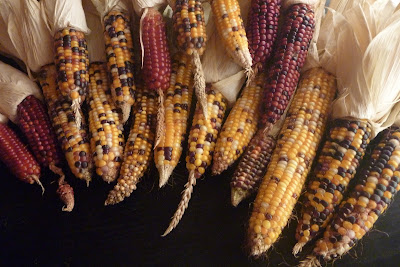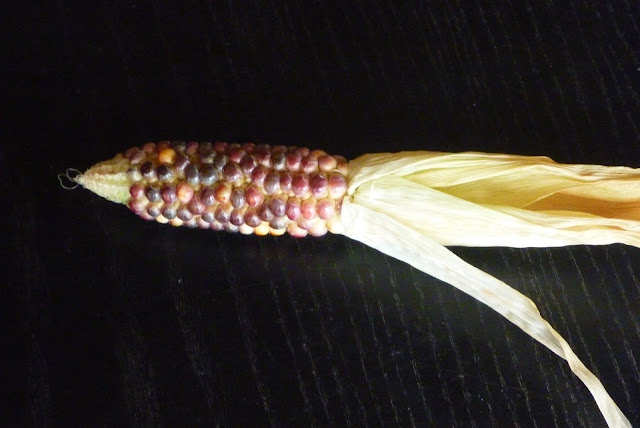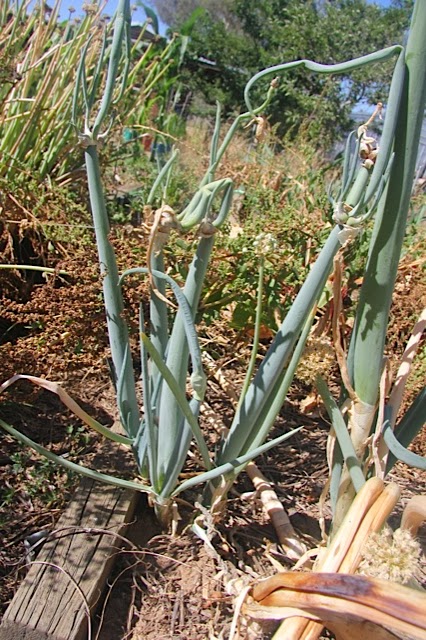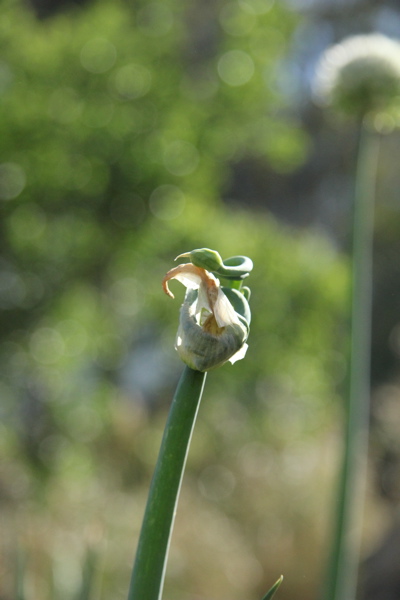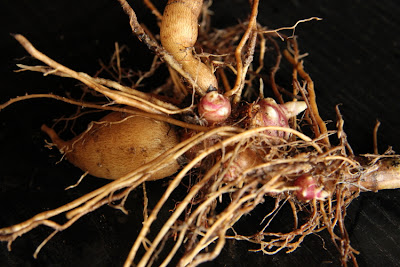Growing naturally leafless peas - Lacy Lady peas
I grow a few types of pea for a few different reasons. I am having more and more difficulty seeing peas and beans so am having to think hard to find ways to help make harvesting easier. One of my favorite types of pea is the Lacy Lady pea, they are a dwarf, green podded, shelling pea that is either considered semi leafless or leafless. They are NOT genetically modified and due to their leafless growth habit they lend themselves well to organic or permaculture gardening.
My first Lacy Lady pea seeds were given to me by someone who had grown them for a number of years and was concerned that she had not seen them for sale anywhere for quite some time. She was worried that if something happened to her stock that they were irreplaceable and she did not want to think about growing any other variety. With a story like this I was interested in growing them to see what the fuss was about. It is not often that someone is so taken with a single variety of something that they give seeds to a stranger in the hope of preserving and distributing it. After growing Lacy Lady peas I can see why she was so taken by them, these are superior to many other types of pea. Unlike many of my other vegetables I did not search for these, I was unaware that anything like this even existed until I was given them, but I am glad that I now have them. Had I known how great they were I would have been searching for them, in fact if I ever lose this variety I will be doing my best to track them down again.
From what I can tell this is a reasonably recently bred cultivar, perhaps only dating as far back as the 1970's, perhaps a little older, but not what you would consider to be an 'heirloom' yet. It is one of either the leafless varieties of pea or the semi-leafless varieties of pea. Before growing these I had very little knowledge of semi-leafless peas, since growing them I can see a lot of advantages for home gardeners. I assume that many home gardeners have little knowledge of leafless peas and their benefits and disadvantages, so I thought I would write a blog post of them.
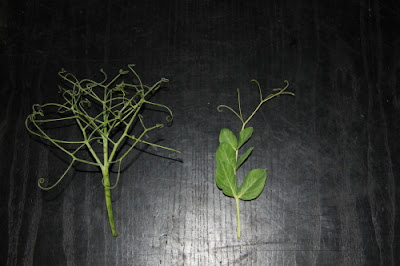 |
| The leaf on the left is from a Lacy Lady pea, the leaf on the right is a typical pea leaf (from a yellow snow pea) |
At first I was worried that by having less leaflets they would be less productive as they would have a lowered level of photosynthesis. After growing them for a few seasons and researching them a bit I have found that this is not the case. The tendrils contribute to photosynthesis in a similar way to normal flat leaves so the plants are just as vigorous as leafy types. Having less flat leaves they are less likely to be damaged by severe weather. They are also far less inviting to ducks who happen to fly into your vegetable patch, so far the ducks seem to be more content eating the grass and weeds and leaving the lacy looking pea plants alone. Regular peas, however, tend to be one of the first things the ducks eat if they happen to get in.
 |
| One leaf from a regular pea - note the 6 flat leaflets and the tendril on the end |
Another benefit is that with a lowered amount of foliage there comes a significant increase in ventilation, which means that less problems from things such as powdery mildew will be seen. Where I live the ambient temperature is generally high and the humidity is low so we tend not to see many mildew issues, but for those in cooler damper climates this increased ventilation would be very beneficial. I wish that I grew these when we lived in a cooler damper climate so that I could compare this from my own experiences.
Leafless peas produce a tangled mass of tendrils, that combined with the fact that they are very short plants means that most plants can support themselves without trellising. As they are much shorter than most pea varieties, I generally grow these sorts of peas without much in the way of stakes or support, aside from a single post-and-string setup around the outside of the bed. I don't even know if this is necessary, I mostly do it as a force of habit.
 |
| One leaf from a Lacy Lady pea plant - less water loss, better ventilation |
Aphids are more easily controlled by ladybird beetles and other predators on leafless pea plants. Pea leaves are slippery whereas stems and tendrils provide a more secure footing. Apparently ladybird beetles fall off normal varieties with flat leaves nearly twice as often as the leafless plants. This makes them good for organic gardeners, permaculturalists, and for gardeners who control pests and diseases using Integrated Pest Management (IPM). We tend not to use any poisons here, organic or synthetic, so I often try to find plants such as this with a natural defense against pests or diseases.
The only disadvantage that I have noticed is that being a dwarf pea at the end of the season when the plants are dead you are not left with much pea straw to use on the garden. This is not a terribly bad thing when you consider how many benefits they have and that I can easily remedy this by also growing another variety of pea. I grow a few types of pea, one shelling pea, one snow pea, and one dry pea, as well as a few crosses which I am making to try and improve upon other varieties. Both the snow pea and the dry pea are not dwarf varieties, nor are most of the crosses, so I usually end up with plenty of pea straw from them.


